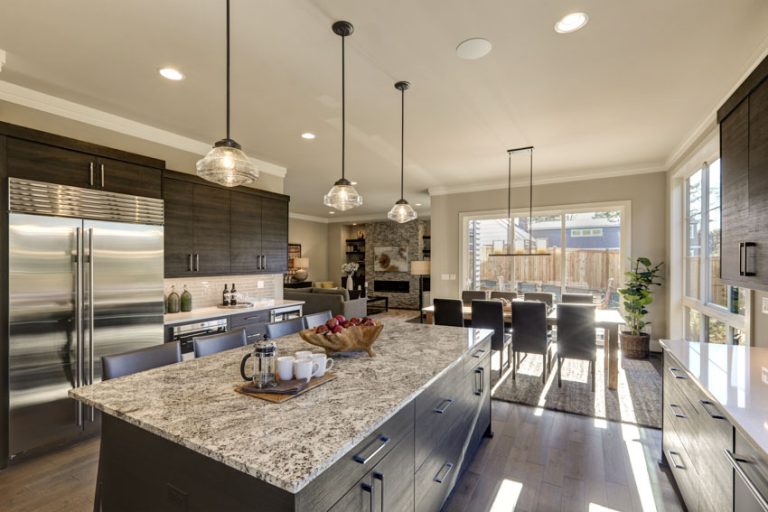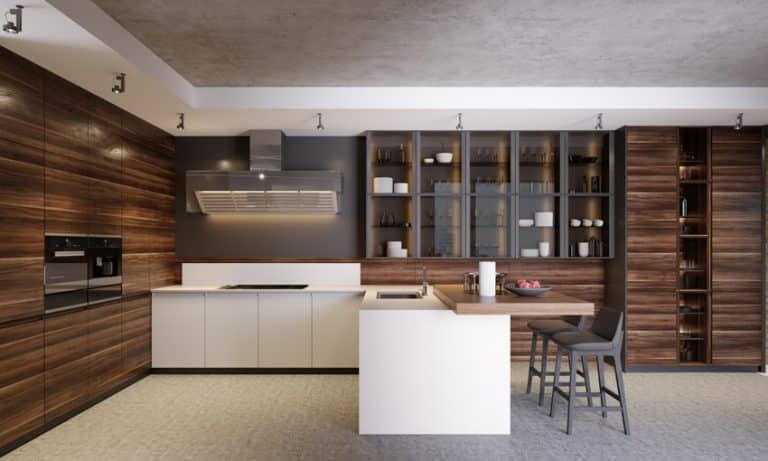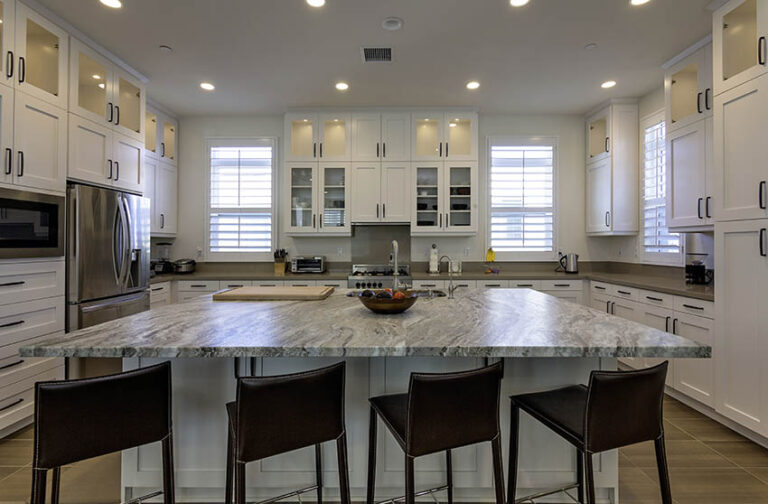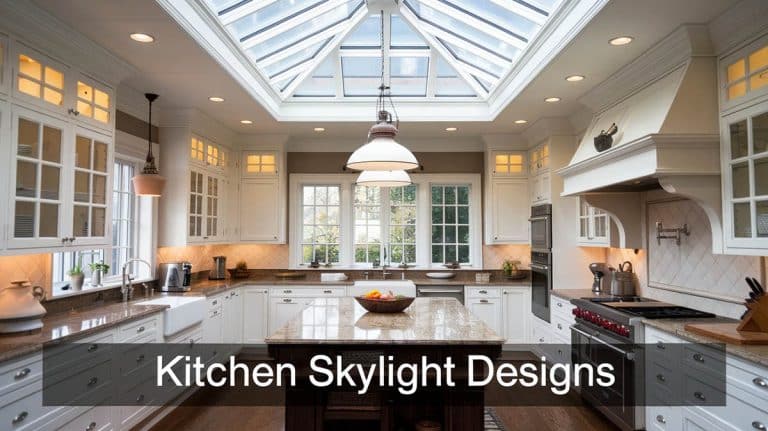Are Bamboo Countertops A Good Fit For Your Kitchen?
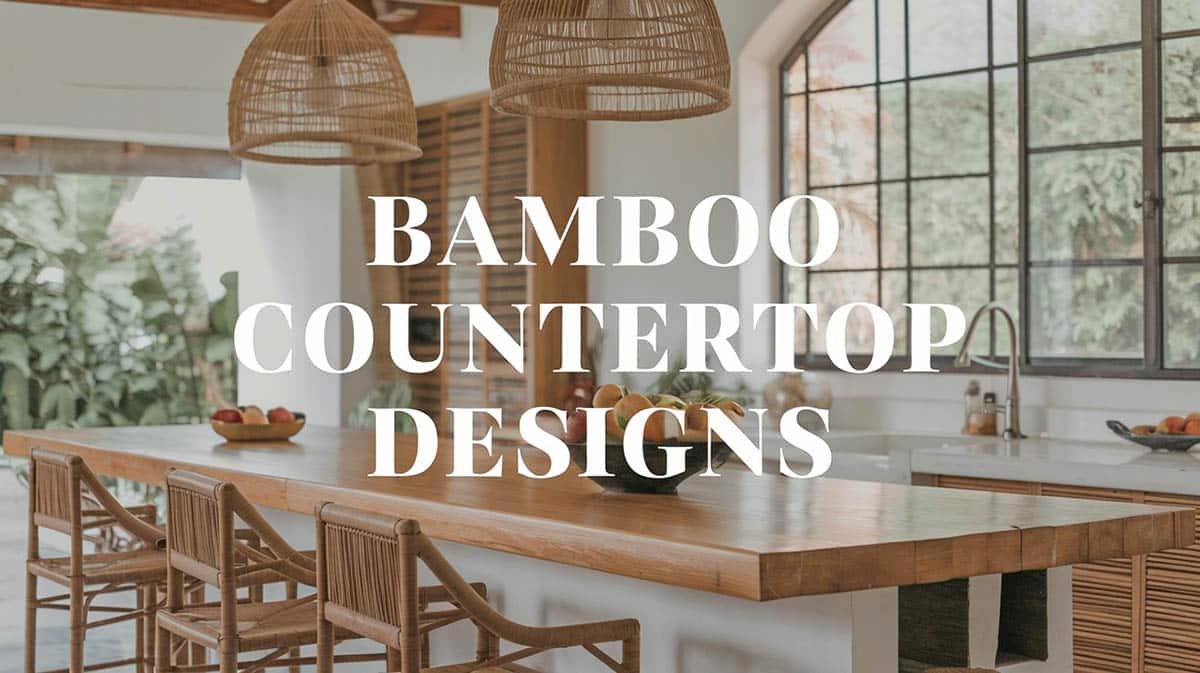
With more consumers than ever before concerned about renewability and eco-conscious building materials, bamboo countertops are soaring in popularity. If your project needs countertops, you’re already aware of the most common materials – granite, marble, and laminate, but you may be wondering what else is out there. Bamboo countertops are versatile and compatible with a wide range of design styles, but are they the right choice for your project? This article includes everything you need to make a decision, including the background and manufacturing process, design options, and the pros and cons of installing bamboo countertops in your home.
What Is Bamboo?
Contrary to popular belief, bamboo isn’t really wood because it doesn’t come from a tree. It is a fast-growing grass that is native to every continent except Antarctica and Europe. There are several different species of bamboo — some are more suited to building furniture, others are used as decoration, and ‘moso’ bamboo is the most popular choice for creating countertops.
The grass can be harvested in just four to seven years from first planting. Like the grass on your front lawn, trimming the top won’t affect the roots, so this renewable resource keeps churning out shoots after every harvest.
How are Bamboo Style Countertops Made?
Bamboo consists of a thick, hollow stem divided into sections every foot or so. When it grows sufficiently tall, the timber is harvested, and the stem is cut lengthwise into strips. Like plywood, these strips are then coated in resin, pressed together, and pressure-treated to produce a sturdy and durable building material. Each strip has two thin edges and two wide edges.
If it will be used to prepare food, it’s essential that any chemicals used in production, such as resins, adhesives, and sealants, are food-safe and formaldehyde-free. Your supplier should have the manufacturing data easily available. Suppose they don’t choose another supplier.
Types of Bamboo Kitchen Countertops
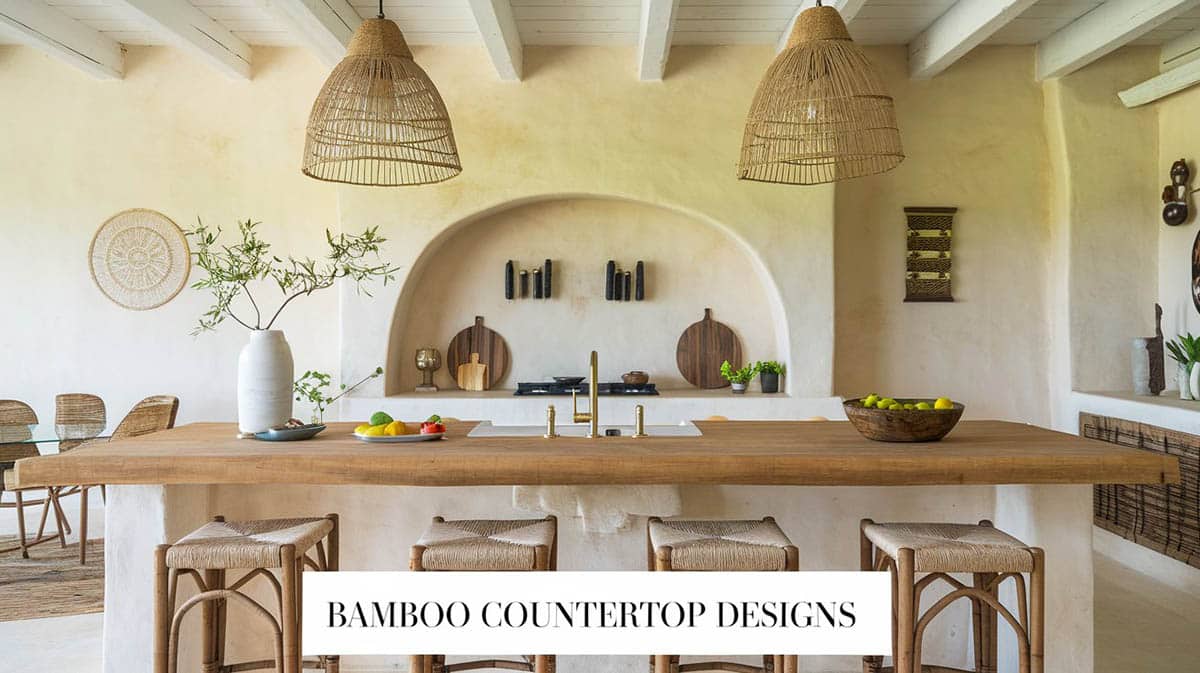
Color: Bamboo naturally has a light, warm, golden color. Natural bamboo countertops bring a fresh glow to your culinary space or bathroom. If achieving your design aesthetic calls for something more colorful or darker, you have two options.
Before the counter is constructed, the individual strips can be ‘carbonized’ to achieve a brownish mahogany color. The strips are placed inside carbonized ovens and then treated with heat, pressure, and steam in varying ratios to achieve the desired effect.
After the counter has been constructed/installed, it is still possible to change the color, but it’s probably best to consult a professional. The first step is to sand the countertop down to raw bamboo. Then, a wood conditioner or a sealant is applied, followed by a stain and another sealant.
All materials need to be food-safe. It’s possible for a homeowner to complete this process themselves, but it’s not recommended. Unless treated properly, it will unevenly absorb the stain, leaving you with a blotchy countertop.
Pattern: The orientation of the strips determines the pattern or ‘grain’ of the material. The graining is one of the most important factors to consider when you are choosing a countertop. Not only do different grains provide different visual effects, but the construction method determines how durable the material will be.
Countertops with a ‘vertical grain’ will have the appearance of thin vertical stripes. The strips have been lined up vertically, with one of the thin edges facing the user, and then glued in place. Structurally, this is the most damage-resistant and durable of all the grain types and retains the visual appearance of bamboo — you can clearly see the nodes, or ‘knots’.
A ‘flat grain’ or ‘edge grain’ countertop has the appearance of wider, horizontal stripes, and for this reason, it is sometimes called ‘horizontal grain’’. Like vertical grain countertops, a feature of this orientation is the easily identifiable nodes. Flat grain is less durable than vertical grain and more susceptible to damage.
‘Stranded grain’ looks the most like wood. Instead of cutting the material into strips, individual strands are woven together, sealed with adhesive, and pressure-treated.
‘End grain’ is another popular pattern style. ‘End grain’ countertops are similar to vertical grains in terms of hardness and durability but have a very unique look. The material is cut down into strips that are only a few inches long, which are then pressed together to make small blocks.
Instead of long strips with visible nodes, an end-grain countertop (also known as end-grain parquet or end-grain butcher block) is composed of those small blocks, usually in an alternating (horizontal/vertical) pattern. It’s very attractive and hides scratches or cut marks well, making it an excellent cutting surface.
Customization: To customize the look of a countertop further, there are several additional design factors to consider. Do you prefer a rounded edge or a squared-off edge? Both are available and attractive options. An inlay or inset pattern is another option for customization and can elevate your countertop from a workmanlike surface to an artistic display of craftsmanship.
Bamboo is often used for modern and contemporary kitchen cabinets and countertops. Since this material can be as strong as, if not stronger than, hardwood, it makes a great choice for cabinets. Bamboo is also resistant to chipping and cracking.
Bamboo Butcher Block Countertop
These countertops have three primary types of construction: face grain, edge grain, and end grain. The most common bamboo butcher block countertops style uses an ‘end grain’ pattern construction.
The material is not sealed but oiled to promote the surface’s natural finish. Mineral oil is frequently used for this process, which is applied liberally against the grain and left to soak overnight. Extra oil coats can be applied within about 24 hours between each coat. When completed, one can wipe down all of the excess oil using a clean cloth and buff the surface. Mineral oil is a food-safe option over staining and can help protect the material from cracking or drying out.
Properties of Bamboo Surfaces
Bamboo, like wood, is not water-resistant, and for this reason, you should think carefully before choosing it for the area around your sink. It’s not resistant to heat, either, so trivets, hot plates, or other heat-transferring barriers are necessary to keep it from getting blackened and burned. It has naturally occurring antibacterial and antimicrobial properties (one of the reasons it’s so popular as a cutting surface.)
This material can last a long time if properly cared for, but gentle treatment is necessary to preserve the look and life of your investment. Cuts, dents, and chips will happen with rough usage. Chopping brightly colored foods on this countertop will leave behind a stubborn stain.
Bamboo Surface Care
Preventative Maintenance: Wipe up any spills as soon as they happen with a damp cloth to prevent liquid from being absorbed into the countertop. You might consider using tung oil to protect the material from moisture, but only if you’re not serving food to people with nut allergies because tung oil contains traces of nuts.
Never place a hot pan or pot onto the countertop without a protective barrier. Trivets or hotplates will protect your investment from scorch marks and blackened burnt spots.
Choose an all-purpose, non-abrasive cleanser. Never use ammonia or other harsh chemicals to clean this countertop.
Repair: One of the most attractive things about these countertops is how easily they can be sanded and refinished. You don’t even need to hire a professional to do this for you! Even if you’ve cared for your countertop according to the instructions above, normal wear and tear is inevitable.
When you’ve got a major stain or have accumulated more dents and chips than you’re comfortable with, it’s time to refinish. The first step is to sand the countertop down, remove the stains, and buff out any dents. Then, vacuum and dispose of all the sawdust. Finally, reseal the countertop using a sealant of your choice.
Mineral oil or beeswax are popular sealants. Both are readily available and cost-effective. Whatever sealant you choose, make sure it is rated for safe food preparation.
The frequency of repair and refinishing will depend mostly on how you use your countertop. The one installed in the guest bathroom may not need to be refinished for years on end. If you’re using your countertop to prepare three meals a day, plan on refinishing it twice a year. It’s a fun project that doesn’t take much time or require specialized equipment. These countertops can look like new with just a few hours of attention, which is one of the many reasons they are becoming so popular.
Bamboo Kitchen Countertops Cost
Like any building material, cost varies by region and supplier, but these countertops usually cost between $40 and $100 per square foot. To check that you’re getting a fair price from your supplier, compare it to the other materials they offer. These should be priced close to natural wood kitchen countertop options or lower-cost stone options like marble and granite.
Is Bamboo a Good Material for Countertops?
The short answer is ‘yes’. All countertop material has pros and cons. It’s just a matter of choosing which is right for your project and what is most important to you. If you love its look and rate renewability very highly on your list of priorities, these countertops are an excellent choice. If you’re still not sure, consider the pros and cons of installing countertops made from this material.
Bamboo Style Countertops Pros & Cons
Pros:
- Stylish and attractive
- Environmentally friendly
- Anti-microbial/anti-bacterial
- Visually customizable
- Durable and strong
- Easily repaired
Cons:
- Non-heat resistant
- Non-stain resistant
- Non-water resistant
- Non-chip/scuff resistant
Bamboo countertops might be the right choice if:
- You don’t mind doing maintenance, occasional sanding, and resealing.
- You’re willing to treat them gently.
- You’re using them for a lower-traffic area like an island or a bathroom.
You might want to avoid bamboo countertops if:
- You’re clumsy, forgetful, or disinclined towards preventative maintenance.
- The countertop is in a location that gets soaked with water.
- Sanding and resealing sounds like a hassle.
For more related designs, check out our gallery of bamboo flooring ideas.


